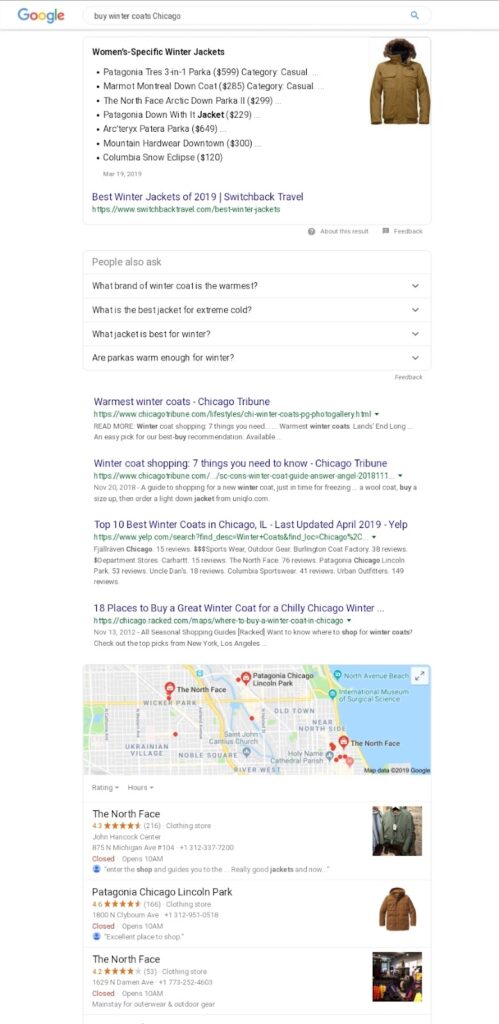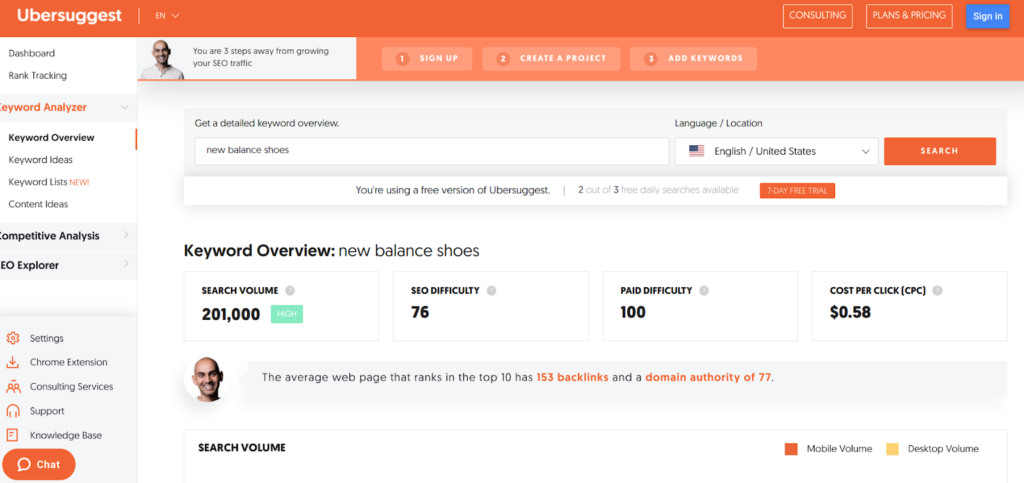
Without any of your inventory moving out for sale, you will see no money coming in from your current stocks. Beyond this concern, it is also important to track your inventory levels and make sure you have enough to sell to your customers. Striking a good balance between the supply and demand of your inventory is extremely crucial if you want to stay in business for the long term.
However, taking control of hundreds of inventory and equipment across various locations is no easy feat. Without a proper inventory management system in place, it’s almost impossible to keep track of all your warehouse and supply chain operations in real-time. Monitoring the number of raw materials that you have, as well as the unfinished goods and ready-to-sell items, becomes twice as challenging if you do not have the right tools for the job.
Poor inventory management leads to many inefficiencies that can cripple the performance of your business. Whether you have too little or too much inventory, improper inventory management can cost you time and money, negatively affecting your bottom line and business growth. For every hour that your business experiences a downtime, you may lose around $140,000 to $5 million.
So if you think your inventory practices are no longer efficient and unable to keep up with demand, implementing an inventory management software system is a great way to turn things around.
What Is an Inventory Management Software?
An inventory management software is a piece of technology that helps you monitor inventory levels, orders, sales, and deliveries. It is a helpful tool that automates many aspects of inventory and warehouse management, such as tracking inventory, managing reorders and keeping your accounting data updated. With an inventory management system, you can manage and organize your inventory across multiple warehouses with ease.
Inventory control is one of the most important features you’ll find in an inventory management system. This allows you to categorize products by type, SKU (or serial number), and location. In turn, you can easily search, filter, and view products to ensure you have enough stocks and can reorder supplies as necessary. Inventory management systems also help you audit data and generate reports in real-time.
Most inventory management systems today are cloud-based, which means your data is stored in the cloud and is constantly updated. This allows you to track your inventory as they come in and out of your storefronts and storage facilities. Mobile-optimized solutions also allow you to access your warehouse activities from your mobile devices, enabling you to remotely manage and organize your inventory. As a matter of fact, 67% of warehouses now plan to take advantage of mobile devices to accelerate inventory and warehousing operations.
Benefits of an Inventory Management Software

Knowing how much inventory you have is critical for every aspect of your business. Aside from keeping track of your inventory levels, there are more ways by which inventory management software can benefit your business. Here are some examples:
Automated Inventory Management
One of the biggest benefits of inventory management software is the automation of your inventory control processes. Instead of manually entering data and recording every action that takes place in your inventory, inventory management solutions do all these things for you. These systems provide you with more accurate, efficient, and insightful inventory data, allowing you to save more time and optimize your processes.
Given the benefits of automation to inventory and warehouse operations, it comes as no surprise that the warehouse automation market is estimated to reach $37.6 billion by 2030, according to a report by BusinessWire. This data reflects the demand for inventory automation systems, which is driven by a need for more rapid deployment and greater efficiency of inventory practices. At this rate, the inventory automation systems are likely to capture a significant market share compared to the traditional methods. Moreover, USPs such as AI incorporations and efficiency will drive considerable market shares.
By automating your inventory processes, you can avoid the risk of human error from manual data entry, saving you the time and money that you can potentially lose as a result of any mistake in your inventory operations. An inventory management solution allows you to automate everything, from dropshipping to backorders, stock replenishment, partial fulfillment, and inventory counts to customer tagging and order invoicing.
Prevent Stockouts and Overselling
For growing businesses, stockouts and overselling are major challenges. Based on a report by RetailDive, retailers lose over $1 trillion every year from stockouts alone. Shoppers often encounter out-of-stock items after three shopping trips from the same brand, resulting in profit losses for many retailers.
Implementing inventory management software can help you prevent this scenario. The app lets you take control of your inventory count, enabling you to see which products are still in stock and which ones need replenishment. It also ensures that you have just the right amount of supplies to avoid overstocking. In this way, you can easily meet consumer demands while at the same time delivering financial elasticity to your business.
Aside from those, proper inventory control gives you better visibility of the complete lifecycle of your inventory items, from purchases, reorders, and shipping to warehousing, storage, turnover, and loss prevention. An inventory management system helps you manage the flow of raw materials, goods, and services up to the point your customers receive the items they ordered and consume the goods.
Systematic Inventory Tracking
An inventory management software also helps you to categorize and track your products by SKU, type, or location. This allows you to group similar inventories together and keep them in an organized location, making it easier for you to locate products. By systematically arranging your inventories, you can easily determine which products require reordering and generate sales data for every item that gets sold.
Furthermore, inventory management systems improve your inventory tracking operations. These tools allow you to monitor every single one of your inventory throughout its entire lifecycle—from the moment it enters your warehouse to the time, it gets sold to your customers. This means having access to each product’s location in your storeroom, relevant sales, and purchase orders, as well as the total number of all available stocks for the same product.
Batch tracking is also a powerful functionality of any good inventory management solution. This system allows you to the group and keeps track of all items that share similar properties. Moreover, batch tracking helps you track defective items back to the batch where they belonged. From here, you can inspect other items from the same batch if they have similar defects, allowing you to ensure the quality of your products before they get delivered to your customers.
Improves Inventory Planning and Forecasting
Inventory management software products have the capability to use past data, trends, and known upcoming events, such as holidays and peak seasons, to help you predict the estimated amount of inventory levels needed for a future period. This ensures that you have enough products to fulfill customer orders without running the risk of stockouts or overstocking unnecessary inventory ahead of time.
Through accurate inventory forecasting, you can easily identify trends and patterns in consumer behavior, allowing you to adapt to dynamic conditions and meet the demands of your customers. On top of that, inventory management systems provide you with replenishment of data, such as the timing, availability, and delivery speed of your inventories. This helps you meet the right amount of inventory levels based on inventory goals, supply, and demand for a certain period.
Harness the Power of Inventory Management Software
With all the benefits outlined above, it’s clear that inventory management systems have the power to transform your business and maximize its potential to generate more sales. Implementing the right software product can help you manage and track inventory within your facility and overall supply chain, leading to higher productivity and better profitability for your business. As such, inventory management software can bring all aspects of your inventory operations into one cohesive system.
The post 4 Ways IMS (Inventory Management Software) Can Benefit Your Business appeared first on noupe.









